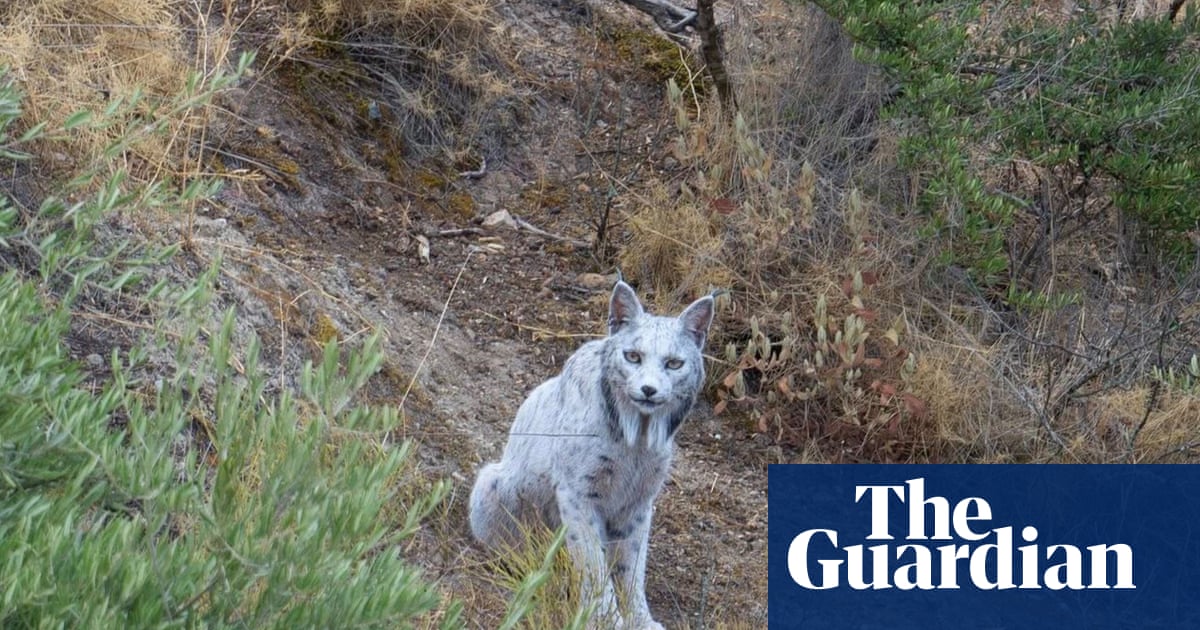
"Angel Hidalgo published the images on social media, describing the singular animal as the white ghost of the Mediterranean forest. In a post, Hidalgo explained he had first caught a glimpse of the animal in a camera trap he had set up in a wooded area near the city of Jaen. The footage lasted just a few seconds, but it was enough to make out a lynx that appeared to have a white coat and dark spots,"
"From then on, I started dedicating all of my free time to it, Hidalgo wrote. Time passed; hours, days, weeks and even months without success. Many times I was on the verge of giving up. His lucky moment came as the sun rose after a rainy night. When I saw a white Iberian lynx' for the first time, with its snow-white winter coat and piercing eyes, I was transfixed. I couldn't believe what I was seeing, he said."
"His images have made waves across Spain and beyond. Media described it as the first time a white lynx had been caught on camera. Those who work to protect the species, however, said the animal was known to researchers. Javier Salcedo, the coordinator of the EU-funded LIFE Lynx-Connect project, described her as a female named Satureja and said she had been born in 2021. The lynx had normal colouring at birth but her pigmentation had changed at some point."
"The change in colouring had seemingly not affected her behaviour, Salcedo said, as she continued to feed normally and had successfully raised several litters. It's neither albinism nor leucism, he told the newspaper El Pais. Leucism refers to a partial loss of pigmentation in animals. We're investigating what might have happened, Salcedo added. We think it could be related to exposure to something"
An amateur photographer in southern Spain captured camera-trap images of a white Iberian lynx near Jaen. The lynx showed a snow-white winter coat with dark spots instead of the species' typical brown and black-spotted colouring. The photographer devoted extensive time to locating the animal and released the footage on social media, generating wide attention. Researchers identified the individual as a known female, Satureja, born in 2021, whose pigmentation changed after birth. The pigmentation change did not appear to alter her feeding or reproductive behavior. Investigators rule out classic albinism and leucism and are examining possible environmental exposure causes.
Read at www.theguardian.com
Unable to calculate read time
Collection
[
|
...
]